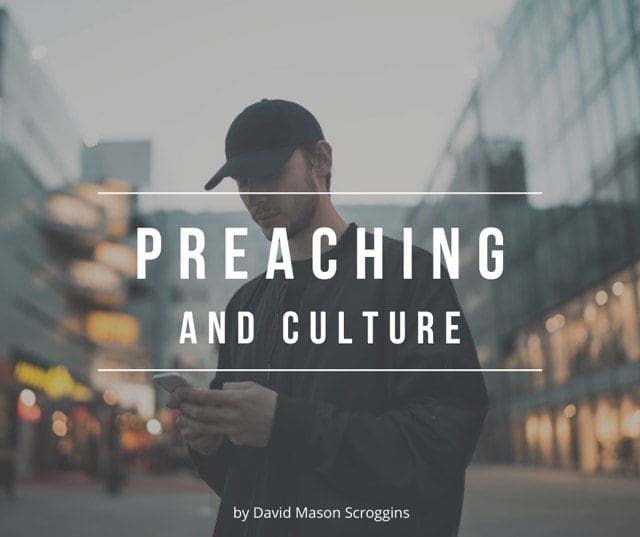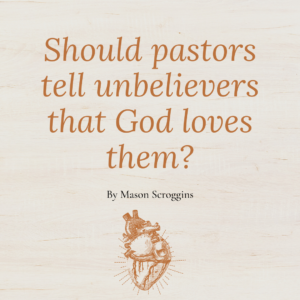I am currently working through Bruce Waltke’s An Old Testament Theology: An Exegetical, Canonical, and Thematic Approach, and it has been such a joy. I have yet to finish, but I can already tell it’s going to be highly recommended.
In chapter three he discusses the importance of explaining the text in exegesis and his observation struck me: “Second, we no longer live in a word-based society. Only a few generations ago, the celebrities of our culture were writers and poets, but ours is an image-based society.” My pastoral gut started rolling when I saw this.
For this reason, it is imperative that pastors make good use of story and imagery to connect the meaning and purpose of the text to the culture of our day. If believers cannot see the Word with their mind’s eye they are likely to lose attention. While this is the unfortunate case, it is also wise to shepherd your congregations to a more rigorous word-based understanding of reality. Language shapes culture in many ways that are even subconscious. Helping your congregation understand this will assist them in appreciation of the biblical wording, not just the imagery.
In the reformed tradition, we are usually heavy on word-based preaching. This stems from the puritanical influence in the late sixteenth century. The Puritans preached according to their culture though. Their congregations were moved to tears and overwhelming emotion at the preaching of sermons like Johnathan Edwards’ “Sinners in the Hands of an Angry God”. That sermon bounces off the heads of modern-day readers and evokes little emotion. If we are going to be faithful ministers of the Word we must take Waltke’s observation to heart and remember to utilize imagery in our sermons so that we can better assist our listeners to see and hear God’s Word with their hearts.




